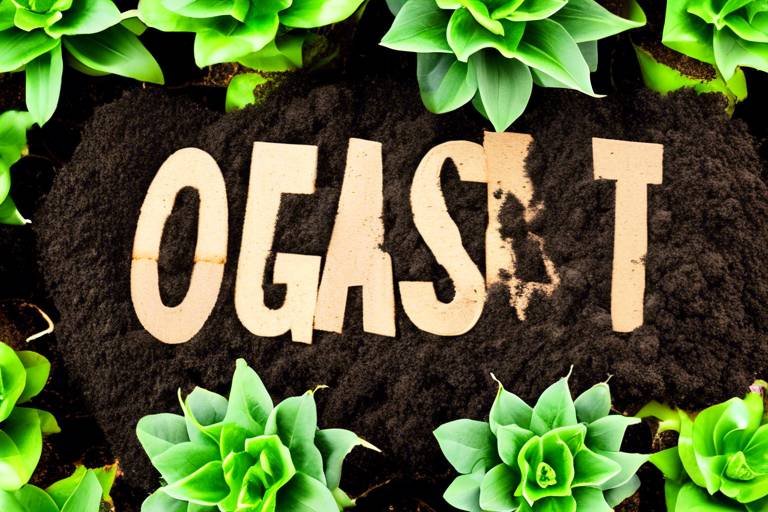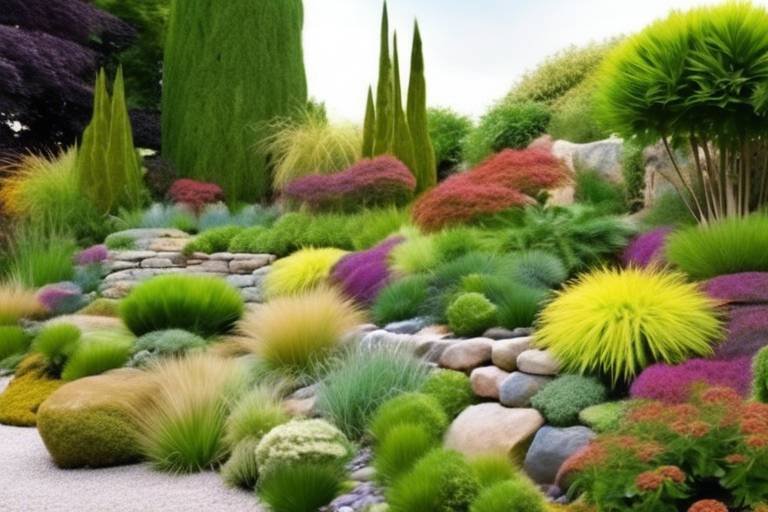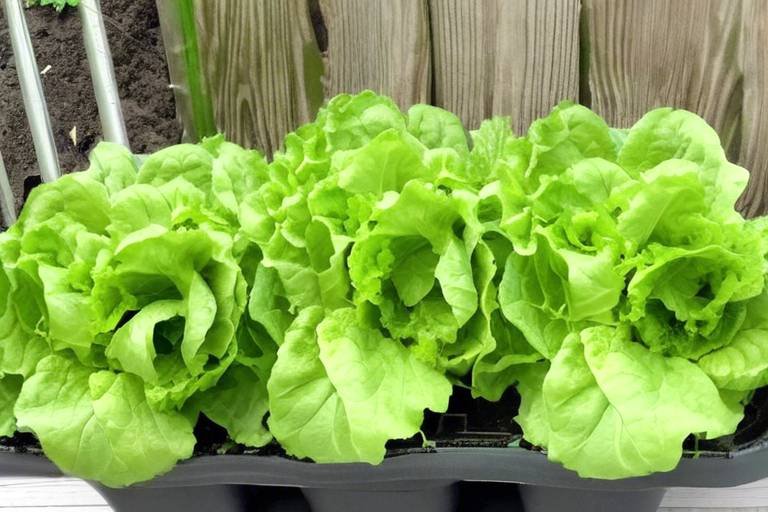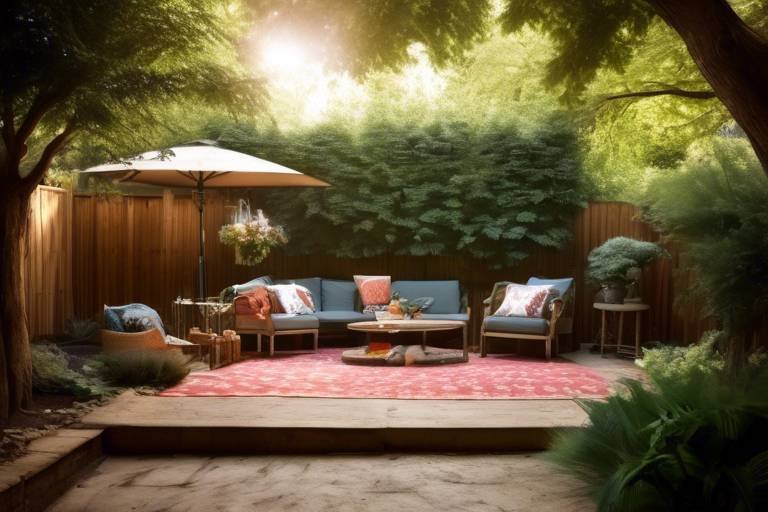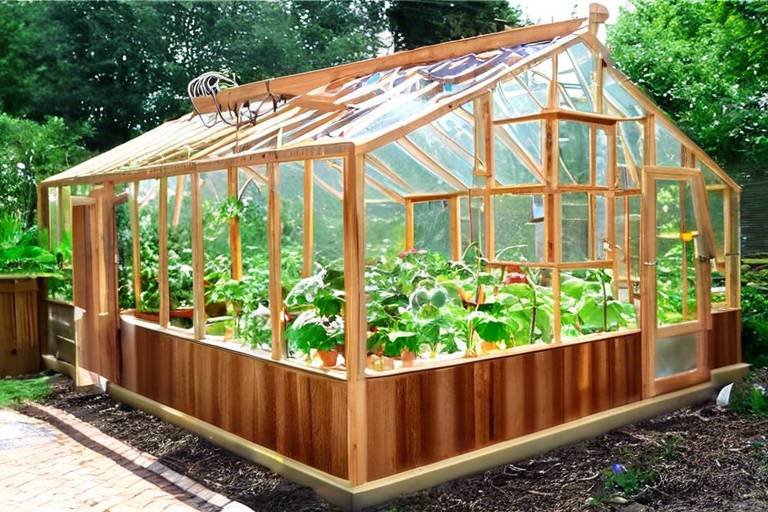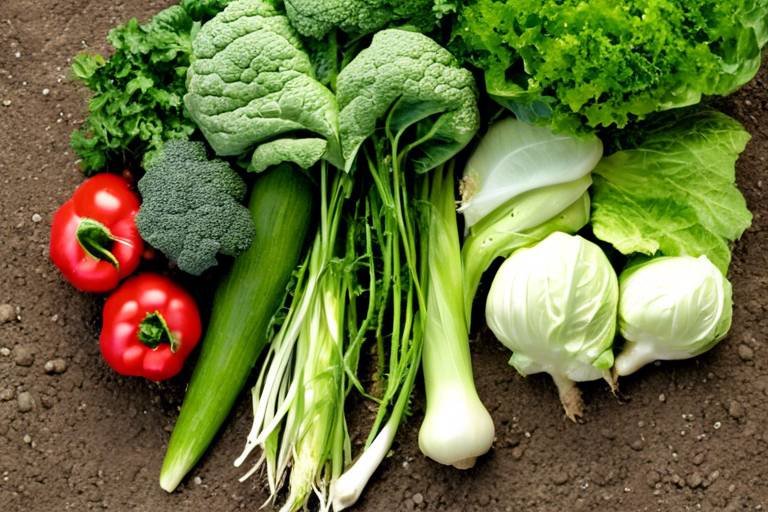How to Attract Hummingbirds to Your Garden
Hummingbirds are some of the most enchanting creatures that can grace your garden with their vibrant colors and graceful flight. To attract these tiny marvels to your outdoor space, there are several key steps you can take to create a welcoming environment that will entice them to visit regularly.
One of the essential aspects of attracting hummingbirds to your garden is choosing the right plants. Opt for nectar-rich flowers like bee balm, salvia, and trumpet vine that are known to be favorites of hummingbirds. These plants not only provide a vital food source for the birds but also add beauty and color to your garden, creating a visually appealing oasis for both you and the hummingbirds.
In addition to selecting the right plants, providing water sources is crucial in attracting hummingbirds. Setting up a birdbath or a fountain not only gives the birds a place to drink and bathe but also adds a decorative element to your garden that can enhance its overall aesthetic appeal.
To further attract hummingbirds, consider hanging hummingbird feeders filled with a sugar-water solution in strategic locations around your garden. These feeders act as supplemental food sources, ensuring that the birds have easy access to the energy they need while also allowing you to enjoy up-close encounters with these fascinating creatures.
Creating shelter and perches in your garden is another important factor in attracting hummingbirds. Trees, shrubs, and other vegetation provide the birds with resting spots and safe perches where they can observe their surroundings and take breaks from their busy feeding schedules.
When maintaining your garden to attract hummingbirds, it's crucial to avoid using pesticides. Opt for natural pest control methods to keep your garden free from harmful chemicals that could be toxic to hummingbirds and other wildlife, ensuring a safe and healthy environment for these delicate creatures.
Regularly cleaning and refilling your hummingbird feeders is essential for the health and well-being of the visiting birds. Mold and bacteria can quickly grow in dirty feeders, posing a risk to the hummingbirds. By keeping the feeders clean, you create a safe and hygienic feeding environment for these beautiful birds.
Offering nesting materials such as soft cotton, moss, and spider silk can attract hummingbirds to build their nests in your garden. Providing these materials gives the birds the resources they need to create a safe and comfortable nesting site, potentially leading to the joyous sight of hummingbird chicks in your garden.
Lastly, creating a hummingbird-friendly environment requires patience and observation. These tiny birds may take some time to discover and trust your garden as a reliable food and shelter source. By being patient and observant, you can enjoy the rewarding experience of witnessing these delightful creatures grace your outdoor space with their presence.

Choose the Right Plants
Creating a hummingbird-friendly garden is a delightful way to invite these enchanting birds into your outdoor sanctuary. By following a few simple tips and tricks, you can transform your garden into a haven that will attract and nourish these tiny marvels, adding a touch of magic to your everyday life.
When it comes to attracting hummingbirds, selecting the right plants is crucial. Opt for nectar-rich flowers that are vibrant in color and tube-shaped, such as bee balm, salvia, and trumpet vine. These flowers provide a bountiful food source that hummingbirds adore, enticing them to frequent your garden with their graceful presence. Additionally, consider planting a variety of flowers that bloom at different times throughout the year to ensure a constant supply of nectar for your feathered visitors.

Provide Water Sources
When it comes to attracting hummingbirds to your garden, providing water sources is essential for their well-being and to enhance the overall appeal of your outdoor space. Hummingbirds not only need nectar-rich flowers for food but also require water for drinking and bathing.
Setting up a birdbath or a small fountain in your garden can serve as a perfect water source for hummingbirds. These features not only provide the necessary hydration for the birds but also add a decorative element to your garden, creating a tranquil oasis for both you and the hummingbirds.
It's important to keep the water source clean and fresh to attract hummingbirds. Regularly changing the water and cleaning the birdbath or fountain will ensure that the birds have access to clean water, promoting their health and well-being. Additionally, placing the water source near the nectar-rich flowers will make it easier for hummingbirds to find both food and water in one location.
Another way to provide water sources for hummingbirds is by incorporating small dripping or misting devices near their favorite feeding areas. The sound of dripping water can attract hummingbirds from a distance, enticing them to visit your garden regularly.
Remember, offering water sources in addition to nectar-rich flowers and feeders will make your garden a desirable destination for hummingbirds, providing them with all the essentials they need to thrive and delighting you with their presence.

Hang Hummingbird Feeders
When it comes to attracting hummingbirds to your garden, hanging hummingbird feeders can play a crucial role in enticing these delightful creatures to visit your outdoor space. By strategically placing feeders filled with a sugar-water solution, you can supplement the nectar provided by flowers and create an additional food source that will attract more hummingbirds to your garden.
Hummingbird feeders come in various designs and styles, but the key is to choose a feeder that is easy to clean and refill. Opt for feeders with bright colors or decorative elements to catch the attention of hummingbirds, making it easier for them to spot the feeding station from a distance.
Position the feeders in areas of your garden that are easily visible and accessible to hummingbirds. Consider placing them near nectar-rich flowers or in open spaces where hummingbirds can easily spot them while they are in flight. Avoid placing feeders close to windows or reflective surfaces to prevent bird collisions.
It's essential to regularly clean and refill your hummingbird feeders to prevent the growth of mold and bacteria, which can be harmful to the visiting birds. A solution of one part white granulated sugar to four parts water should be used, and the feeders should be cleaned with hot water and a mild soap solution at least once a week.
When hanging hummingbird feeders, ensure that they are securely attached to a stable structure to prevent them from swinging or spilling their contents. Consider using hooks, poles, or specialized hangers designed for bird feeders to keep them steady and in place, especially during windy conditions.
By incorporating hummingbird feeders into your garden, you not only provide a valuable food source for these tiny birds but also create a welcoming environment that will attract them to frequent your outdoor space. Observing hummingbirds feeding from the strategically placed feeders can be a delightful and rewarding experience for any bird enthusiast.

Create Shelter and Perches
Creating shelter and perches in your garden is essential for attracting and providing a comfortable environment for hummingbirds. These tiny birds need places to rest, hide from predators, and perch while keeping an eye on their surroundings. By incorporating suitable vegetation and structures, you can make your garden a welcoming oasis for hummingbirds.
One effective way to create shelter for hummingbirds is by planting a variety of trees and shrubs that offer both protection and perching spots. Trees with dense foliage, such as evergreens, provide excellent cover for hummingbirds to escape from harsh weather conditions and predators. Additionally, shrubs with branches at different heights allow these birds to perch at various levels, giving them a sense of security while resting.
Consider adding hanging baskets or artificial perches near your nectar-rich flowers and feeders. These perching spots not only serve as resting places for hummingbirds but also create convenient vantage points for them to observe their surroundings and potential threats. By strategically placing perches around your garden, you can encourage hummingbirds to stay longer and feel more at ease in your outdoor space.
Another way to provide shelter for hummingbirds is by incorporating nesting materials into your garden. Hummingbirds use a variety of soft materials like cotton, moss, and spider silk to build their intricate nests. By offering these materials in designated areas, you can attract hummingbirds looking to construct their nests and potentially raise their young in your garden.
Remember, creating a harmonious environment for hummingbirds requires a balance of natural elements and human-made structures. By providing shelter and perches in your garden, you can enhance the overall appeal of your outdoor space while attracting these delightful creatures to visit and thrive in their new habitat.

Avoid Pesticides
Avoiding pesticides in your garden is crucial to creating a safe and welcoming environment for hummingbirds. These chemicals can be harmful not only to the hummingbirds but also to other wildlife that may visit your garden. Instead of using pesticides, consider natural pest control methods that are effective and environmentally friendly. For example, introducing beneficial insects like ladybugs or planting companion plants that repel pests can help keep your garden healthy without resorting to harmful chemicals.

Keep Feeders Clean
Keeping your hummingbird feeders clean is crucial to maintaining a healthy environment for these delightful birds. A dirty feeder can harbor harmful mold and bacteria, putting the hummingbirds at risk of illness. To ensure the well-being of your feathered visitors, it is essential to regularly clean and refill the feeders with fresh nectar.
One effective way to clean your hummingbird feeders is by using a solution of hot water and white vinegar. This natural cleaning method helps to remove any residue or buildup inside the feeder without the use of harsh chemicals that could be harmful to the birds.
When cleaning the feeders, be sure to disassemble all parts and thoroughly wash them with the vinegar solution. Use a small brush, like a bottle brush, to scrub hard-to-reach areas and remove any debris or mold. Rinse the feeder well with clean water to ensure no vinegar residue remains.
It is recommended to clean your hummingbird feeders at least once a week, especially during hot weather when nectar can spoil more quickly. Keeping the feeders clean not only benefits the hummingbirds but also enhances the overall appearance of your garden, creating a welcoming space for these tiny creatures to visit.

Provide Nesting Materials
When it comes to attracting hummingbirds to your garden, providing nesting materials is a crucial aspect that should not be overlooked. By offering materials like soft cotton, moss, and spider silk, you can create an inviting environment for hummingbirds to build their nests and potentially raise their young right in your garden.
Imagine your garden being a safe haven where hummingbirds find all the necessary resources to create a cozy nest for their offspring. By strategically placing these nesting materials around your garden, you are not only attracting hummingbirds but also contributing to the continuation of their species.
Hummingbirds are meticulous builders, carefully selecting each material to construct a sturdy and comfortable nest. By offering a variety of nesting materials, you are giving them the opportunity to choose the ones that best suit their preferences and needs.
Creating a designated area in your garden where these materials are easily accessible can further encourage hummingbirds to consider your outdoor space as a prime location for nesting. Picture the joy of witnessing these tiny birds flitting around, collecting materials, and creating their intricate nests right before your eyes.
Furthermore, providing nesting materials not only attracts hummingbirds but also fosters a deeper connection with nature. It allows you to observe their behavior up close and gain a greater appreciation for the delicate balance of the ecosystem in your own backyard.

Be Patient and Observant
Creating a hummingbird-friendly garden is a process that requires time and observation. Patience is key when it comes to attracting these delicate creatures to your outdoor space. Remember, Rome wasn't built in a day, and neither is a thriving hummingbird habitat. By being patient and observant, you will be able to witness the gradual transformation of your garden into a haven for these tiny marvels.
Frequently Asked Questions
- How can I attract hummingbirds to my garden?
To attract hummingbirds to your garden, you can choose nectar-rich flowers, provide water sources like birdbaths, hang hummingbird feeders with sugar-water solution, create shelter and perches, avoid pesticides, keep feeders clean, provide nesting materials, and be patient and observant.
- What type of plants should I choose to attract hummingbirds?
It is recommended to select nectar-rich flowers such as bee balm, salvia, and trumpet vine to attract hummingbirds to your garden. These flowers provide a food source that hummingbirds love and encourage them to visit your outdoor space.
- How do I keep hummingbird feeders clean?
To keep hummingbird feeders clean, regularly clean and refill them to prevent mold and bacteria growth. Use a solution of hot water and white vinegar to clean the feeders thoroughly, ensuring the health and well-being of the visiting birds.
- Why is it important to avoid pesticides in a hummingbird-friendly garden?
Avoiding pesticides in your garden is crucial as these chemicals can be toxic to hummingbirds and other wildlife. Opting for natural pest control methods will help keep your garden free from harmful substances and create a safe environment for the hummingbirds.
- How long does it take to attract hummingbirds to my garden?
Creating a hummingbird-friendly environment takes time, so it is important to be patient and observant. Depending on various factors such as location and resources available, it may take a few weeks to several months to attract hummingbirds to your garden.




